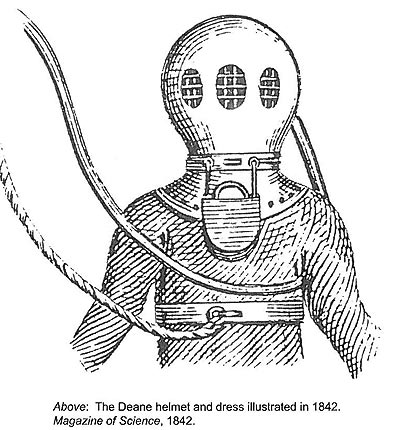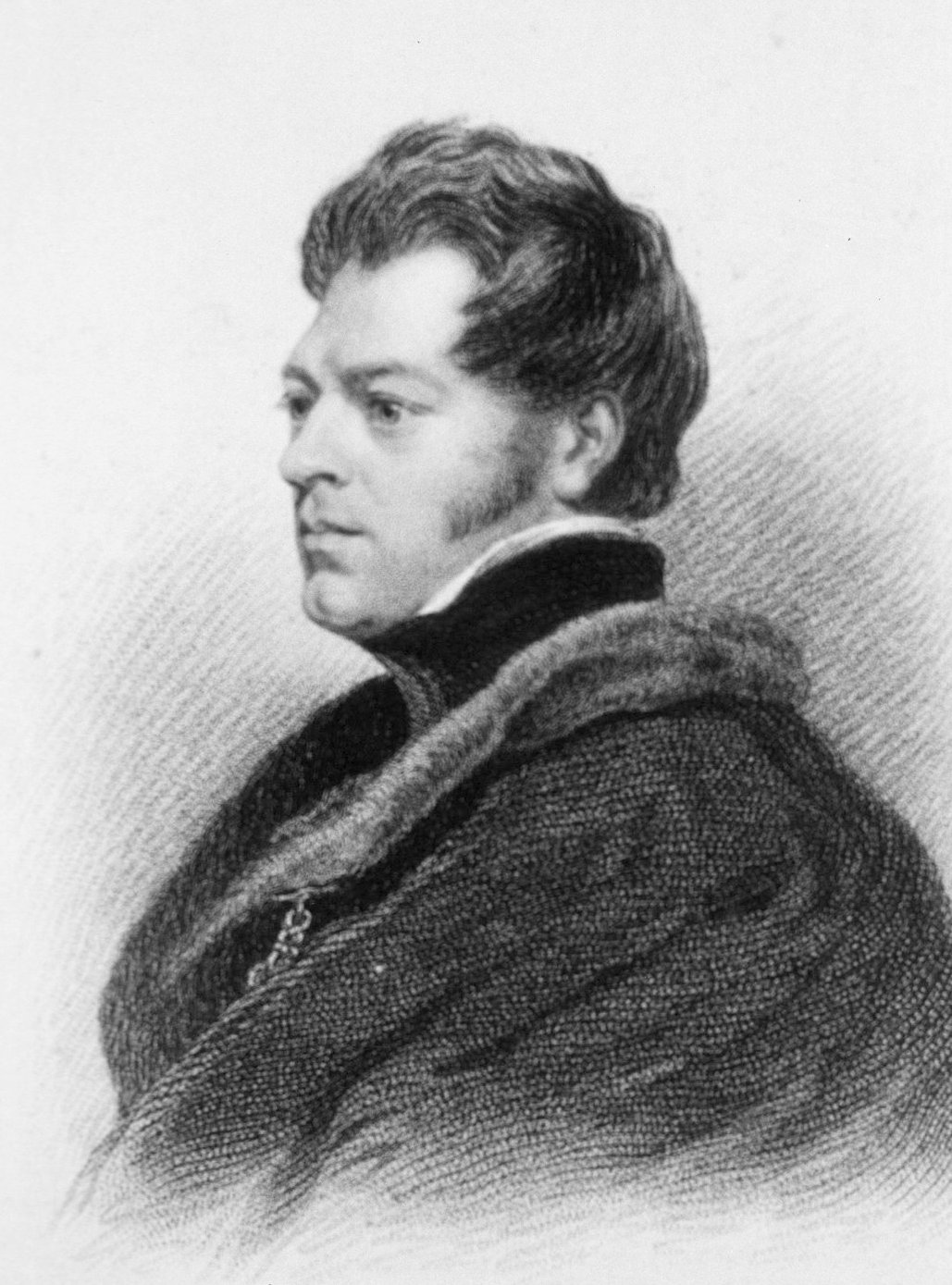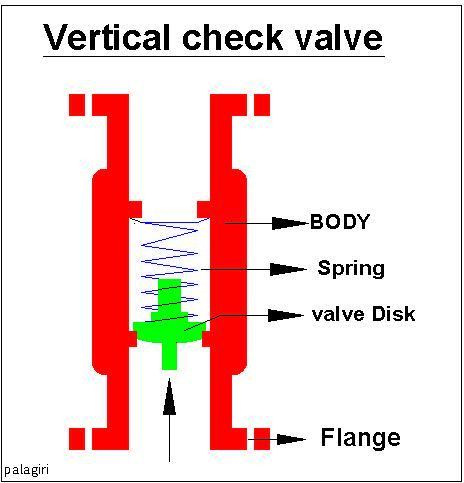|
Salvage Rights
Marine salvage is the process of recovering a ship and its cargo after a shipwreck or other maritime casualty. Salvage may encompass towing, re-floating a vessel, or effecting repairs to a ship. Today, protecting the coastal environment from spillage of oil or other contaminants is a high priority. Before the invention of radio, salvage services would be given to a stricken vessel by any ship that happened to be passing by. Nowadays, most salvage is carried out by specialist salvage firms with dedicated crew and equipment. The legal significance of salvage is that a successful salvor is entitled to a reward, which is a proportion of the total value of the ship and its cargo. The amount of the award is determined subsequently at a "hearing on the merits" by a maritime court in accordance with Articles 13 and 14 of the International Salvage Convention of 1989. The common law concept of salvage was established by the English Admiralty Court, and is defined as "a voluntary succe ... [...More Info...] [...Related Items...] OR: [Wikipedia] [Google] [Baidu] |
John Deane (inventor)
John Deane (1800–1884; known as The ''Infernal Diver''), with his brother Charles, invented the diving helmet and performed diving operations at the wreck of the ''Mary Rose''. They received their education at The Royal Hospital School, Greenwich and were both in attendance in 1812. When he was 14, John joined the East India Company and sailed for seven years. In the 1820s, John was present in England when horses were trapped by fire in a stable. To get through the smoke and fire fumes he put on a medieval knight-in-armour helmet air-pumped by hose from a fire brigade water pump and rescued all the horses. In 1823, he patented a "Smoke Helmet" to be used by firemen in smoke-filled areas; the full title is given as ''"Apparatus or Machines to be worn by Persons entering Rooms or other places filled with Smoke of other Vapour, for the purpose of extinguishing Fire, or extricating Persons or Property therein"''. The apparatus comprised a copper helmet with an attached flexible c ... [...More Info...] [...Related Items...] OR: [Wikipedia] [Google] [Baidu] |
Standard Diving Dress
Standard diving dress, also known as hard-hat or copper hat equipment, deep sea diving suit or heavy gear, is a type of diving suit that was formerly used for all relatively deep underwater work that required more than breath-hold duration, which included marine salvage, civil engineering, pearl shell diving and other commercial diving work, and similar naval diving applications. Standard diving dress has largely been superseded by lighter and more comfortable equipment. Standard diving dress consists of a diving helmet made from copper and brass or bronze, clamped over a watertight gasket to a waterproofed canvas suit, an air hose from a surface-supplied manually operated pump or low pressure breathing air compressor, a diving knife, and weights to counteract buoyancy, generally on the chest, back and shoes. Later models were equipped with a diver's telephone for voice communications with the surface. The term ''deep sea diving'' was used to distinguish diving with this equi ... [...More Info...] [...Related Items...] OR: [Wikipedia] [Google] [Baidu] |
John Richardson (naturalist)
Sir John Richardson Royal Society of London, FRS FRSE (5 November 1787 – 5 June 1865) was a Scotland, Scottish naval surgeon, natural history, naturalist and Arctic explorer. Life Richardson was born at Nith Place in Dumfries the son of Gabriel Richardson, Provost of Dumfries, and his wife, Anne Mundell. He was educated at Dumfries Grammar School. He was then apprenticed to his maternal uncle, Dr James Mundell, a surgeon in Dumfries. He studied medicine at Edinburgh University, and became a surgeon in the navy in 1807. He traveled with John Franklin in search of the Northwest Passage on the Coppermine Expedition of 1819–1822. Richardson wrote the sections on geology, botany and ichthyology for the official account of the expedition. Franklin and Richardson returned to Canada in 1825 and went overland by fur trade routes to the mouth of the Mackenzie River. Franklin was to go as far west as possible and Richardson was to go east to the mouth of the Coppermine River. These ... [...More Info...] [...Related Items...] OR: [Wikipedia] [Google] [Baidu] |
British Association For The Advancement Of Science
The British Science Association (BSA) is a charity and learned society founded in 1831 to aid in the promotion and development of science. Until 2009 it was known as the British Association for the Advancement of Science (BA). The current Chief Executive is Katherine Mathieson. The BSA's mission is to get more people engaged in the field of science by coordinating, delivering, and overseeing different projects that are suited to achieve these goals. The BSA "envisions a society in which a diverse group of people can learn and apply the sciences in which they learn." and is managed by a professional staff located at their Head Office in the Wellcome Wolfson Building. The BSA offers a wide variety of activities and events that both recognize and encourage people to be involved in science. These include the British Science Festival, British Science Week, the CREST Awards, Huxley Summit, Media Fellowships Scheme, along with regional and local events. History Foundation The Asso ... [...More Info...] [...Related Items...] OR: [Wikipedia] [Google] [Baidu] |
Non-return Valve
A check valve, non-return valve, reflux valve, retention valve, foot valve, or one-way valve is a valve that normally allows fluid (liquid or gas) to flow through it in only one direction. Check valves are two-port valves, meaning they have two openings in the body, one for fluid to enter and the other for fluid to leave. There are various types of check valves used in a wide variety of applications. Check valves are often part of common household items. Although they are available in a wide range of sizes and costs, check valves generally are very small, simple, and inexpensive. Check valves work automatically and most are not controlled by a person or any external control; accordingly, most do not have any valve handle or stem. The bodies (external shells) of most check valves are made of plastic or metal. An important concept in check valves is the cracking pressure which is the minimum differential upstream pressure between inlet and outlet at which the valve will operate. ... [...More Info...] [...Related Items...] OR: [Wikipedia] [Google] [Baidu] |
Barotrauma
Barotrauma is physical damage to body tissues caused by a difference in pressure between a gas space inside, or contact with, the body and the surrounding gas or liquid. The initial damage is usually due to over-stretching the tissues in tension or shear, either directly by an expansion of the gas in the closed space or by pressure difference hydrostatically transmitted through the tissue. Tissue rupture may be complicated by the introduction of gas into the local tissue or circulation through the initial trauma site, which can cause blockage of circulation at distant sites or interfere with the normal function of an organ by its presence. Barotrauma generally manifests as sinus or middle ear effects, lung overpressure injuries and injuries resulting from external squeezes. Decompression sickness is indirectly caused by ambient pressure reduction, and tissue damage is caused directly and indirectly by gas bubbles. However, these bubbles form out of supersaturated solution from ... [...More Info...] [...Related Items...] OR: [Wikipedia] [Google] [Baidu] |
Buddy System
The buddy system is a procedure in which two individuals, the "buddies", operate together as a single unit so that they are able to monitor and help each other. As per Merriam-Webster, the first known use of the phrase "buddy system" goes as far back as 1942. Webster goes on to define the buddy system as "an arrangement in which two individuals are paired (as for mutual safety in a hazardous situation).” The buddy system is basically working together in pairs in a large group or alone. Both the individuals have to do the job. The job could be to ensure that the work is finished safely or the skill/learning is transferred effectively from one individual to the other. Advantages In adventurous or dangerous activities, where buddies are often required, the main benefit of the system is improved safety; each may be able to prevent the other from becoming a casualty or rescue the other in a crisis. When this system is used as part of training or the induction of newcomers to an org ... [...More Info...] [...Related Items...] OR: [Wikipedia] [Google] [Baidu] |
Loss Of The Royal George, At Spithead (1871)
Loss may refer to: Arts, entertainment, and media Music * ''Loss'' (Bass Communion album) (2006) * ''Loss'' (Mull Historical Society album) (2001) *"Loss", a song by God Is an Astronaut from their self-titled album (2008) * Losses "(Lil Tjay song)" (2020) *"Losses", a song by Drake from ''Dark Lane Demo Tapes'' (2020) *"Losses", a song by Polo G from ''Hall of Fame'' (2021) Other uses in arts, entertainment, and media * ''Loss'' (comic), a webcomic strip and internet meme * ''Loss'' (film), a 2008 film by Maris Martinsons * Lord Loss (character), a character from Darren Shan's ''The Demonata'' *"The Loss", a 1990 episode of ''Star Trek: The Next Generation'' Grief *Grief, an emotional response to loss **Animal loss, grief over the loss of an animal Mathematics, science, and technology *Angular misalignment loss, power loss caused by the deviation from optimum angular alignment * Bridging loss, the loss that results when an impedance is connected across a transmission line *Coup ... [...More Info...] [...Related Items...] OR: [Wikipedia] [Google] [Baidu] |
Charles Pasley
General Sir Charles William Pasley (8 September 1780 – 19 April 1861) was a British soldier and military engineer who wrote the defining text on the role of the post-American Revolution British Empire: ''An Essay on the Military Policy and Institutions of the British Empire'', published in 1810. This text changed how Britons thought their empire should relate to the rest of the world. He warned that Britain could not keep its Empire by its "splendid isolation". Britain would need to fight to gain its empire, and by using the colonies as a resource for soldiers and sailors it grew by an average of per year between the Battle of Waterloo and the American Civil War. Serving in the Royal Engineers in the Napoleonic Wars, he was Europe's leading demolitions expert and siege warfare specialist. Life Pasley was born at Eskdale Muir, Dumfriesshire, on 8 September 1780. He was highly intelligent, capable of translating the New Testament from Greek at the age of eight. In 1796, he ent ... [...More Info...] [...Related Items...] OR: [Wikipedia] [Google] [Baidu] |
Royal Engineers
The Corps of Royal Engineers, usually called the Royal Engineers (RE), and commonly known as the ''Sappers'', is a corps of the British Army. It provides military engineering and other technical support to the British Armed Forces and is headed by the Chief Royal Engineer. The Regimental Headquarters and the Royal School of Military Engineering are in Chatham in Kent, England. The corps is divided into several regiments, barracked at various places in the United Kingdom and around the world. History The Royal Engineers trace their origins back to the military engineers brought to England by William the Conqueror, specifically Bishop Gundulf of Rochester Cathedral, and claim over 900 years of unbroken service to the crown. Engineers have always served in the armies of the Crown; however, the origins of the modern corps, along with those of the Royal Artillery, lie in the Board of Ordnance established in the 15th century. In Woolwich in 1716, the Board formed the Royal Regime ... [...More Info...] [...Related Items...] OR: [Wikipedia] [Google] [Baidu] |
Cannon
A cannon is a large- caliber gun classified as a type of artillery, which usually launches a projectile using explosive chemical propellant. Gunpowder ("black powder") was the primary propellant before the invention of smokeless powder during the late 19th century. Cannons vary in gauge, effective range, mobility, rate of fire, angle of fire and firepower; different forms of cannon combine and balance these attributes in varying degrees, depending on their intended use on the battlefield. A cannon is a type of heavy artillery weapon. The word ''cannon'' is derived from several languages, in which the original definition can usually be translated as ''tube'', ''cane'', or ''reed''. In the modern era, the term ''cannon'' has fallen into decline, replaced by ''guns'' or ''artillery'', if not a more specific term such as howitzer or mortar, except for high-caliber automatic weapons firing bigger rounds than machine guns, called autocannons. The earliest known depict ... [...More Info...] [...Related Items...] OR: [Wikipedia] [Google] [Baidu] |
.jpg)





.jpg)
